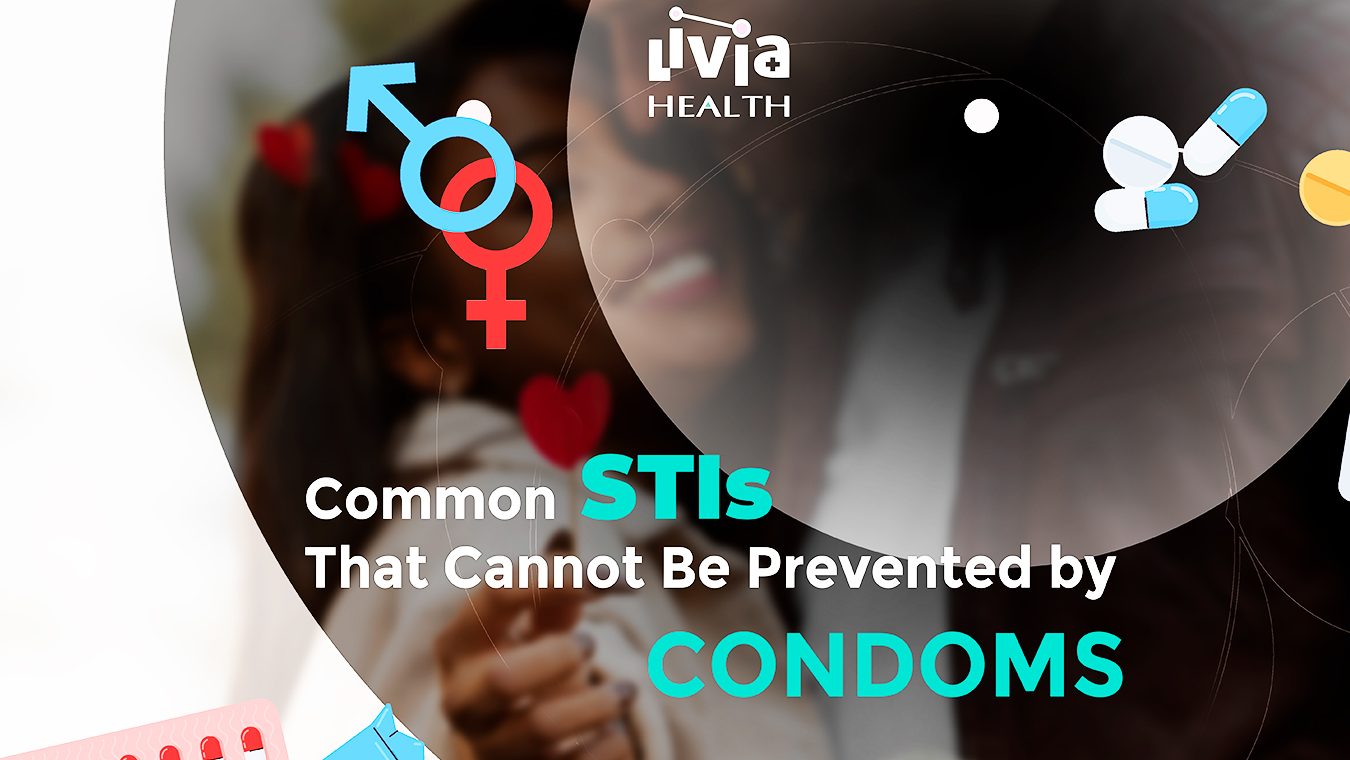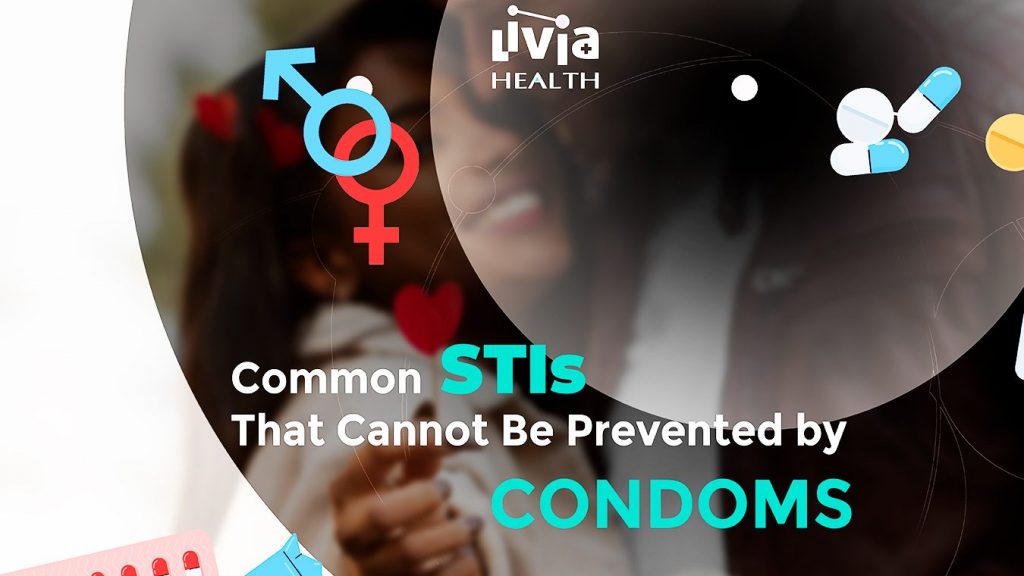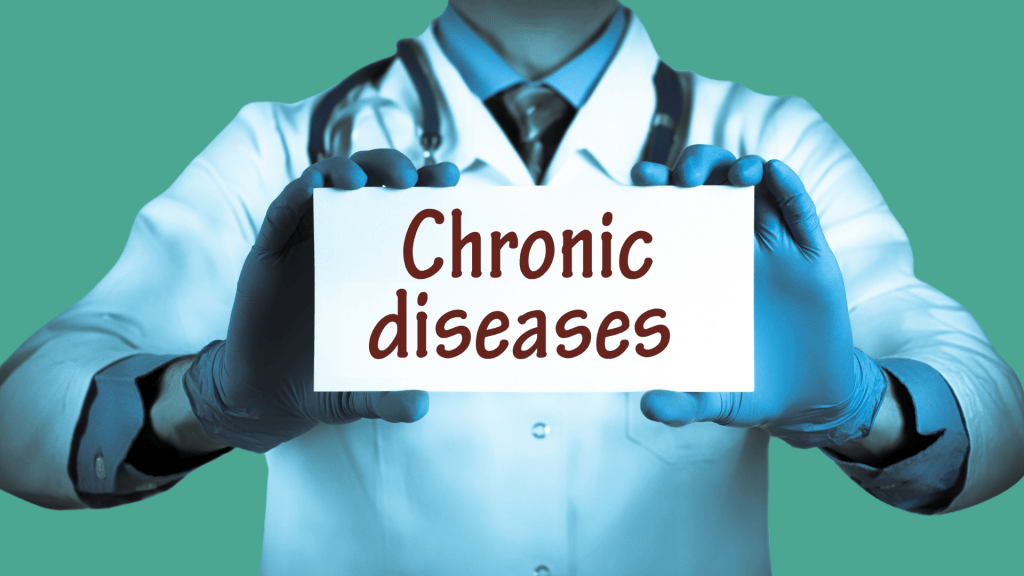How many Common STIs That Cannot Be Prevented by Condoms? This is a debatable questions that requires in-depth analysis. Sexually transmitted infections (STIs) are a significant public health concern worldwide. While condoms are highly effective in reducing the risk of many STIs, they are not foolproof. Some infections can still be transmitted even with proper condom use. Understanding which STIs fall into this category, how they are transmitted, and why condoms may not offer full protection is crucial for maintaining sexual health.
Why Condoms Aren’t Always Enough
Condoms are one of the most effective tools for preventing the spread of many STIs, including HIV, gonorrhea, and chlamydia. They prevent the exchange of bodily fluids and reducing skin-to-skin contact. However, not all STIs are transmitted through fluids or require penetration for spread. Some infections are caused by viruses or bacteria that can infect areas not covered by a condom, such as the genital skin, pubic region, or mouth. Additionally, certain STIs can be transmitted through non-sexual means, such as skin-to-skin contact or shared personal items.
Herpes Simplex Virus (HSV)
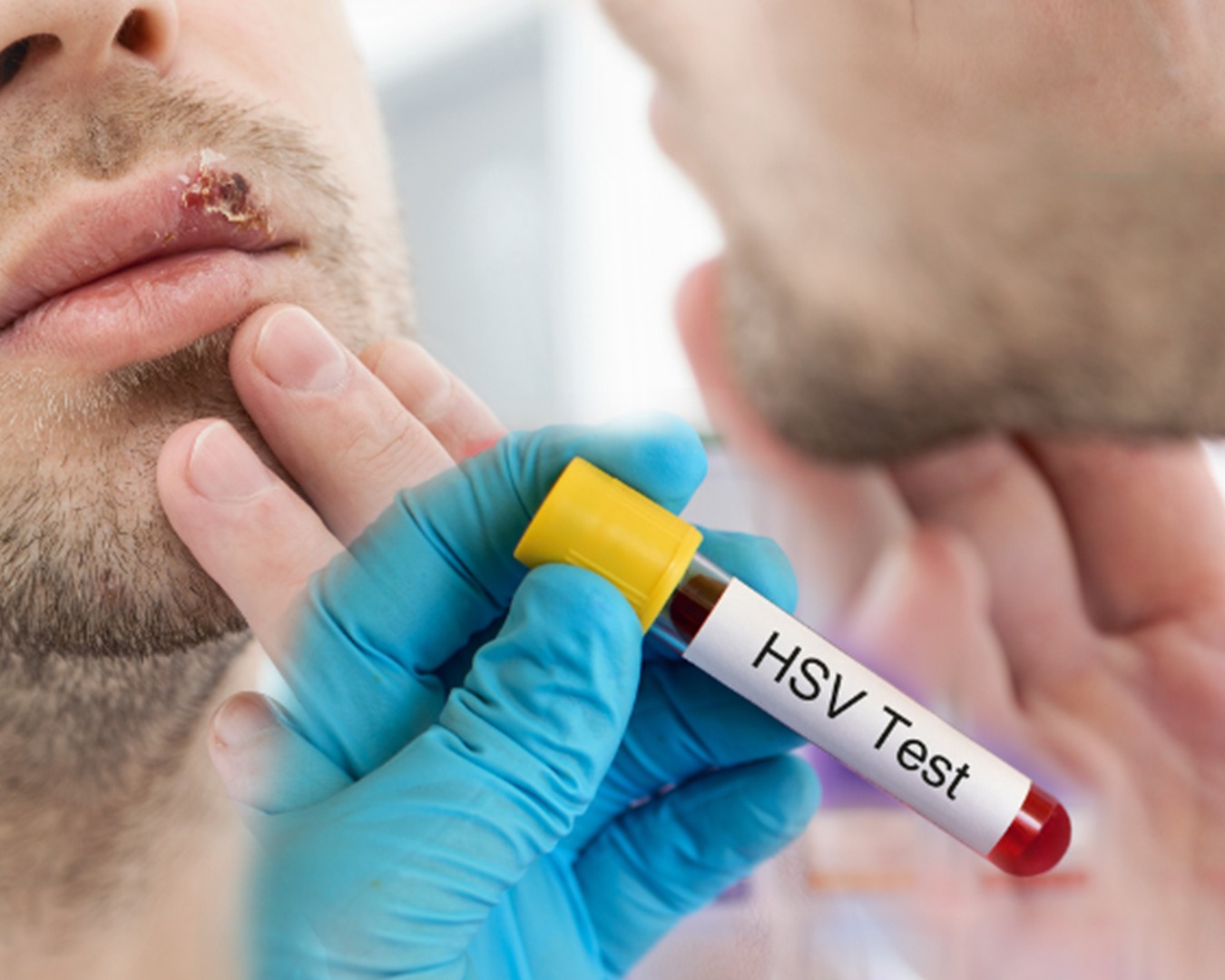
This is one of the common STIs that cannot be prevented by condoms. Herpes is caused by the herpes simplex virus (HSV), which has two types: HSV-1 (commonly associated with oral herpes) and HSV-2 (typically linked to genital herpes). Both types can cause painful sores or blisters on the mouth, genitals, or anal area.
How is Herpes Transmitted?
Herpes is primarily spread through direct skin-to-skin contact with an infected area, even if no visible sores are present. This means that the virus can be transmitted during vaginal, anal, or oral sex, as well as through kissing or touching infected skin.
Why Condoms Can’t Fully Prevent Herpes
Condoms only cover the penis or internal genital area, leaving surrounding skin exposed. Since herpes can infect any part of the genital or anal region, condoms may not fully protect against transmission. Additionally, HSV-1 can be spread through oral contact, which condoms do not prevent.
Human Papillomavirus (HPV)
Human papillomavirus (HPV) is the most common STI globally, with over 100 different strains. While most HPV infections are harmless and clear on their own, some high-risk strains can lead to genital warts or cancers, including cervical, anal, and throat cancer.
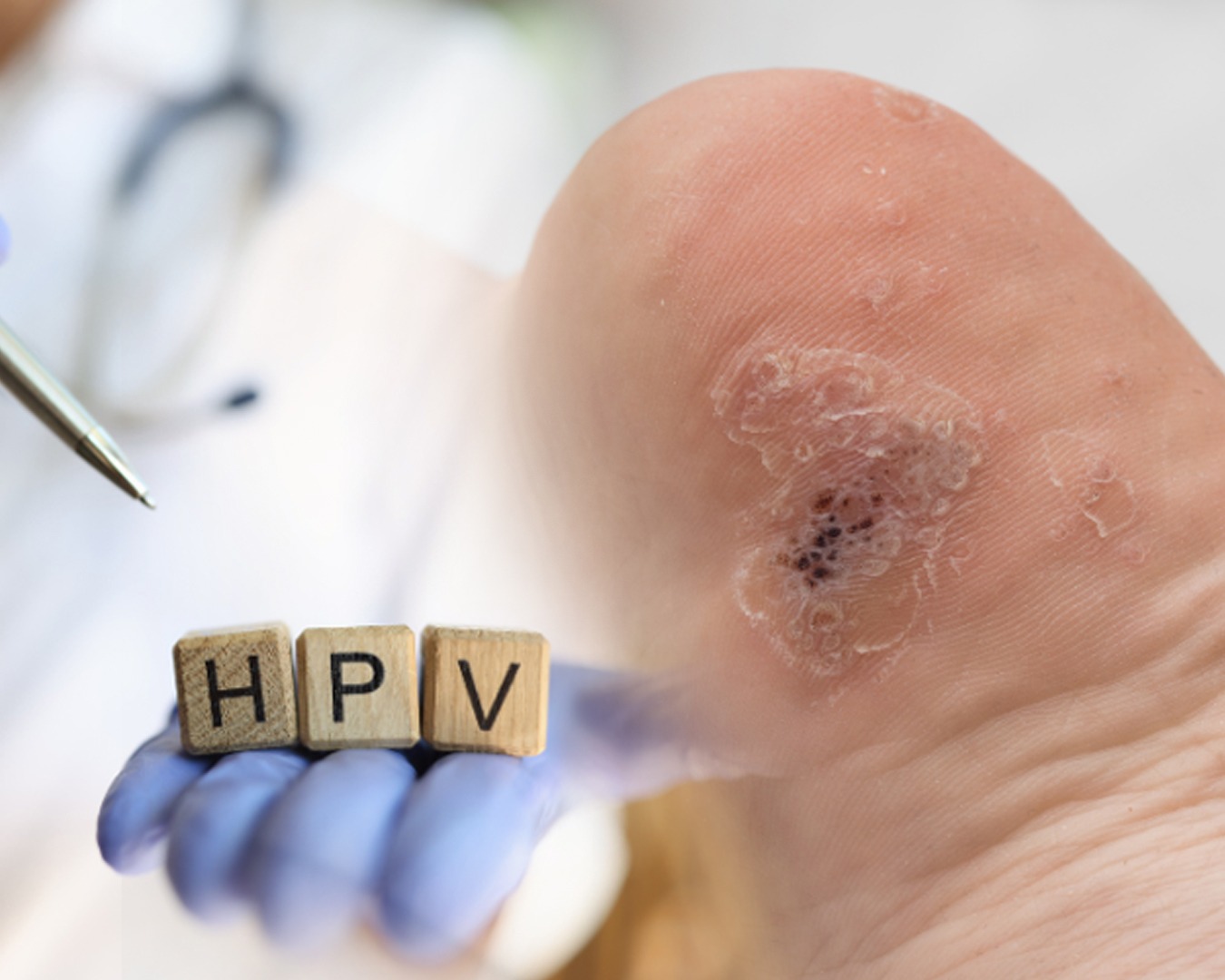
How is HPV Transmitted?
As one the common STIs that cannot be prevented by condoms, HPV is spread through skin-to-skin contact, vaginal, anal or oral sex. It can also be transmitted through non-penetrative sexual activities that involve genital contact.
Why Condoms Can’t Fully Prevent HPV
Like herpes, HPV can infect areas not covered by a condom, such as the scrotum, vulva, or perineum. Since the virus can be present on any part of the genital or anal region, condoms provide only partial protection. Vaccination (e.g., the HPV vaccine) is the most effective way to prevent high-risk strains.
Syphilis
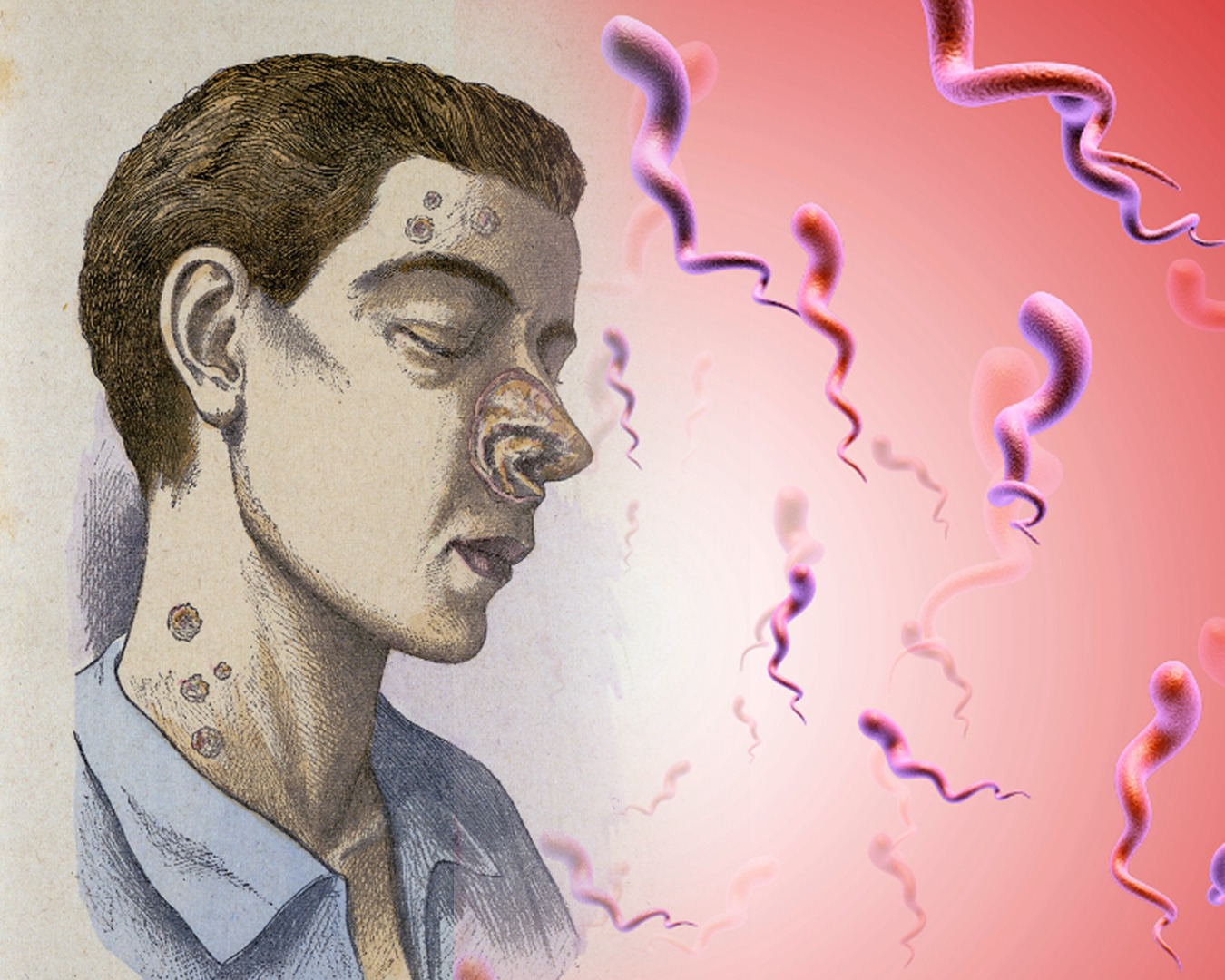
Syphilis is a bacterial infection caused by Treponema pallidum. It progresses in stages, starting with painless sores (chancres) and potentially leading to severe complications if left untreated, including damage to the brain, heart, and other organs.
How is Syphilis Transmitted?
Syphilis is primarily spread through direct contact with a syphilis sore during vaginal, anal, or oral sex. It can also be transmitted from a pregnant person to their baby (congenital syphilis).
Why Condoms Can’t Fully Prevent Syphilis
While condoms can reduce the risk of syphilis by covering sores on the penis or vaginal area, they may not protect against sores located on other parts of the body, such as the mouth, anus, or external genitalia. Additionally, syphilis sores can be painless and go unnoticed, increasing the risk of transmission.
Molluscum Contagiosum
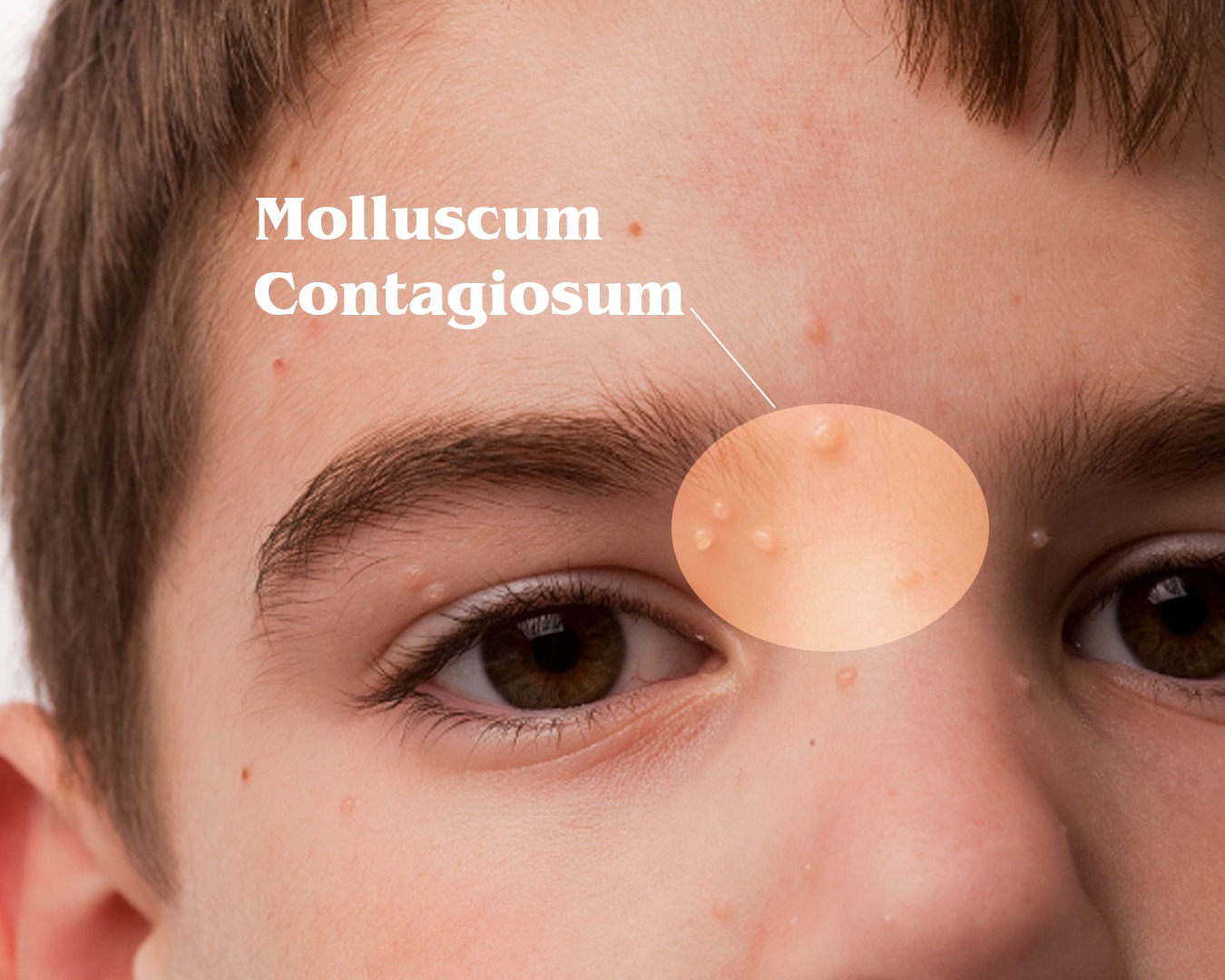
Molluscum contagiosum is a viral skin infection that causes small, raised, pearl-like bumps on the skin. While not as serious as other STIs, it can be uncomfortable and unsightly.
How is Molluscum Contagiosum Transmitted?
The virus is spread through direct skin-to-skin contact, including sexual contact. It can also be transmitted through non-sexual means, such as sharing towels or clothing.
Why Condoms Can’t Fully Prevent Molluscum Contagiosum
Since molluscum contagiosum is spread through skin contact, condoms offer limited protection. The infection can affect areas not covered by a condom, such as the pubic region, thighs, or buttocks.
Find out How Livia Health works
Find Out how Livia Health App works
The Importance of Regular STI Testing
While condoms are an essential tool for reducing the risk of many STIs, they are not a guarantee of protection. Regular STI testing is a critical component of sexual health, especially for infections that condoms cannot prevent. Here’s why testing is so important:
Early Detection and Treatment
Many STIs, including herpes, syphilis, and HPV, can be asymptomatic or cause mild symptoms that go unnoticed. Regular testing ensures early detection, allowing for prompt treatment and reducing the risk of complications.
Preventing Transmission
Knowing your STI status helps you take steps to protect your partners. For example, antiviral medications can reduce the risk of herpes transmission, while early treatment of syphilis can prevent its spread.
Peace of Mind
Regular testing provides peace of mind and empowers you to make informed decisions about your sexual health. It also encourages open communication with partners about STI status and prevention strategies.
Who Should Get Tested?
The Centers for Disease Control and Prevention (CDC) recommends annual STI testing for sexually active individuals, particularly those with multiple partners or who engage in unprotected sex. Specific populations, such as pregnant individuals and men who have sex with men, may require more frequent testing.
Conclusion
Condoms are a vital tool for reducing the risk of many STIs, but they are not a one-size-fits-all solution. Infections like herpes, HPV, syphilis and molluscum contagiosum can still be transmitted despite condom use due to their unique transmission routes. Understanding these limitations is key to taking a proactive approach to sexual health. Regular STI testing, open communication with partners, and additional prevention methods (such as vaccination for HPV) are essential for staying healthy and reducing the spread of infections. By staying informed and vigilant, you can protect yourself and others while enjoying a fulfilling and responsible sex life.
Consult doctors on Livia Health app
FAQs
What STDs Do Condoms Not Prevent?
Condoms are awesome at reducing the risk of most STDs, but they’re not foolproof. Infections like herpes, HPV, and syphilis can still spread through skin-to-skin contact, especially if sores or warts are in areas the condom doesn’t cover. So, while condoms are a great first line of defense, they’re not a magic shield.
Do Condoms Protect Against Chlamydia?
Good news! When used correctly, condoms are highly effective at preventing chlamydia. They block the transmission of infected bodily fluids, which is how chlamydia spreads. So, wrap it up and stay safe!
Do Condoms Protect Against Syphilis?
Syphilis is one of the common STIs that cannot be prevented by condoms. As a result, condoms can reduce the risk of syphilis, but they’re not 100% effective if syphilis sores are in areas the condom doesn’t cover. That’s why regular STD testing is so important—it helps catch things early and keeps you and your partner(s) informed.
How to Prevent STDs Without Condoms?
If condoms aren’t your thing (or you’re looking for extra protection), there are other ways to reduce your risk:
- Mutual monogamy with an uninfected partner.
- Regular STD testing for you and your partner(s).
- PrEP (pre-exposure prophylaxis) for HIV prevention.
- Vaccinations for HPV and hepatitis B.
- Avoiding high-risk sexual behaviors.
Do Condoms Protect Against Herpes?
Condoms can lower the risk of herpes transmission, but they don’t offer full protection. Herpes can spread through skin contact in areas the condom doesn’t cover. If you or your partner has herpes, suppressive antiviral therapy can also help reduce the risk of transmission.
Do Condoms Protect Against HIV?
Absolutely! When used correctly and consistently, condoms are highly effective at preventing HIV. They block the transmission of the virus through bodily fluids, making them one of the best tools we have for HIV prevention.

